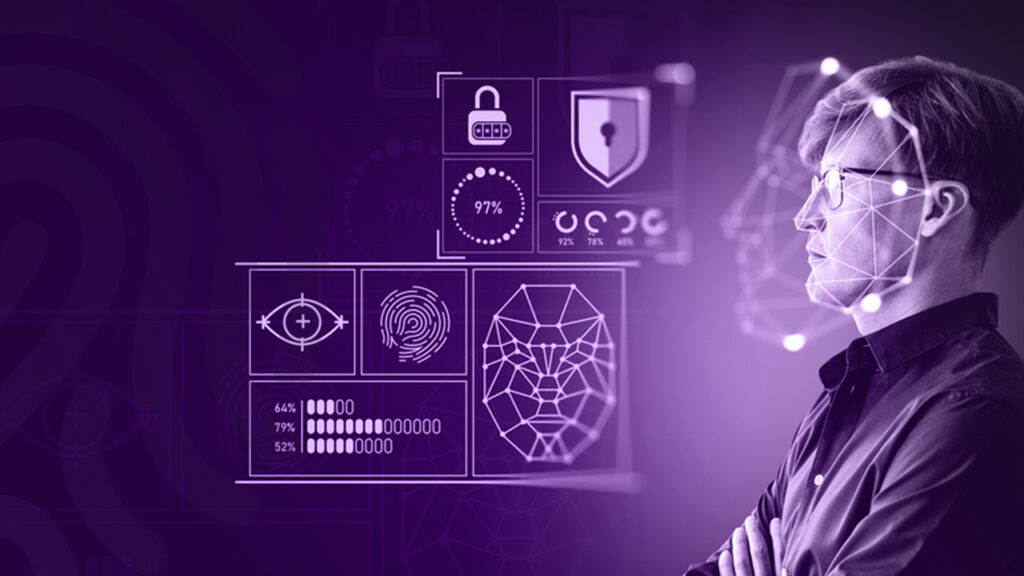Introduction: Identity in the Age of Digital Everything
In an increasingly connected world, your identity isn’t just your passport or driver’s license—it’s your digital footprint. From email addresses and social media profiles to biometric data and mobile behavior, our interactions with the digital world form a unique, traceable profile.
This profile is known as a digital identity. And for businesses, especially those operating online, verifying the digital identity is crucial.
With fraud, identity theft, and compliance risks at an all-time high, adopting advanced digital identity verification solutions is no longer a tech trend, it’s a business necessity.
What is a Digital Identity?
A digital identity is the collection of electronically stored information that represents an individual or entity in the digital world. It can include:
- Name and date of birth
- Email addresses and usernames
- Biometrics like face scans or fingerprints
- Device IDs and IP addresses
- Behavioral patterns (typing speed, location, login time)
- Government-issued document scans
This data helps businesses identify, verify, and monitor users interacting with their platforms.
But while digital identities are convenient, they’re also vulnerable, making digital identity verification essential for protecting both businesses and consumers.
Why Businesses Must Validate Digital Identities
The digital economy has removed borders, increased speed, and enabled innovation—but it’s also made identity fraud easier than ever. Fake accounts, deepfakes, and synthetic identities now cost businesses billions annually.
Here’s why validating digital identities is non-negotiable:
1. Fraud Prevention
Fake identities are often used for account takeovers, money laundering, and phishing. By implementing robust digital identity verification, businesses can prevent unauthorized access and protect sensitive data.
2. Regulatory Compliance
KYC (Know Your Customer), AML (Anti-Money Laundering), and GDPR require businesses to verify customer identities accurately. Non-compliance can lead to fines, audits, or even shutdowns.
3. Faster, Safer Onboarding
Digital ID verification allows users to be verified in minutes instead of days, improving the customer experience and reducing abandonment rates.
4. Enabling Remote Services
From banking to recruitment, verifying users online is critical in a remote-first world. With smart digital identity verification solutions, businesses can confidently serve global customers and employees.
How Digital Identity Verification Works
Modern identity verification systems go beyond simple password checks or document uploads. Today’s digital identity verification solutions combine technologies such as:
- AI & Machine Learning: Detect fraudulent patterns and anomalies in real-time
- Biometric Matching: Compare selfies to ID photos using facial recognition
- Liveness Detection: Ensure the person is physically present, not using a photo or deepfake
- Document Verification: Scan and validate passports, national IDs, or licenses
- Database Checks: Cross-reference public records, watchlists, and sanctions lists
This multi-layered approach ensures that the identity is both real and verified, reducing the risk of fraud.
Industries Relying on Digital Identity Verification Solutions
While all industries benefit from identity security, some rely heavily on digital identity verification, including:
- Banking & Fintech: For onboarding, KYC, and AML compliance
- eCommerce & Marketplaces: To verify sellers and prevent chargeback fraud
- Healthcare: For secure access to patient portals and e-prescriptions
- Recruitment & HR: To verify credentials and conduct background checks
- Telecommunications: To prevent SIM card fraud and account misuse
Use Case: A Fintech Startup Scaling Globally
Imagine a growing fintech app offering cross-border payments. It’s gaining traction but is struggling with high fraud rates and slow onboarding times.
By integrating a smart digital identity verification solution, the platform can:
- Onboard new users in under 2 minutes
- Use facial recognition and document scanning to validate identities
- Screen users against global watchlists and PEP databases
- Reduce fraud attempts by over 70%
This streamlined, compliant process helps the business scale securely.
Interested in how these solutions work in real-world onboarding? Explore options here.
Features to Look for in a Digital Identity Verification Solution
If you’re considering implementing one, prioritize platforms that offer:
Global Document Support: For ID cards, passports, and driver’s licenses from multiple countries
Real-Time Verification: AI-powered checks for instant results
Mobile Optimization: For remote users and app-based onboarding
Biometric & Liveness Checks: To stop spoofing and fake identity attacks
Compliance Reporting: Built-in tools to meet global regulations
Conclusion: Trust Begins with Verified Identity
In an age where digital interactions outnumber physical ones, knowing exactly who you’re dealing with is essential. Digital identity verification is no longer a “nice-to-have”—it’s the bedrock of trust, compliance, and customer safety.
Whether you’re a startup or an established enterprise, adopting reliable digital identity verification solutions ensures you’re protecting your platform, your users, and your future.
Frequently Asked Questions (FAQ):
Is digital identity verification secure?
Yes. Leading platforms use encryption, secure data handling, and biometric authentication to prevent misuse and ensure compliance.
Can I use these solutions for small businesses or startups?
Absolutely. Many providers offer scalable packages suitable for startups, SMEs, and enterprises.
Do users need to download an app?
Not always. Many systems offer web-based verification flows that work on mobile and desktop browsers.









